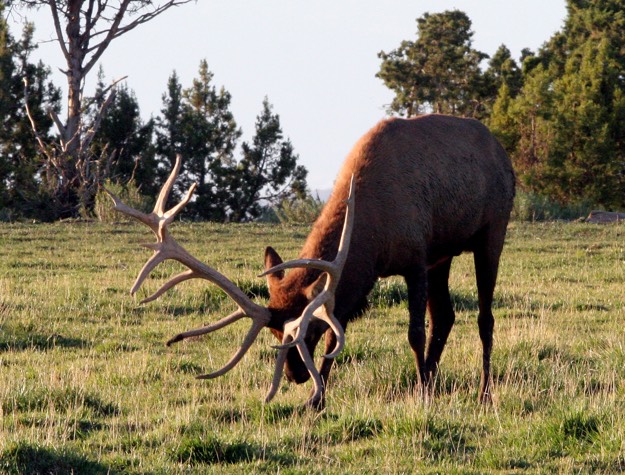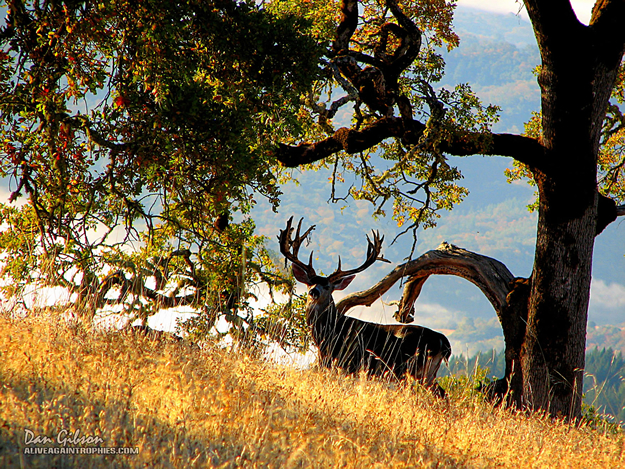
Editor’s Note: Parrey Cremeans of Redding, California, a Mossy Oak regional manager for the Pro Staff works with the guide service www.justforhunting.com, primarily in California, to take elk, mule deer and Columbian blacktails, and in Oregon for elk. Hunting season begins in August for elk and deer in California. Consider the possibility of an out-of-state elk hunt or deer hunt there. Most of us when we think of California visualize Hollywood, Silicon Valley, vineyards and earthquakes. However, the West Coast promises outstanding hunting. This week we’ll learn more about how you can plan an elk hunt or a deer hunt for August with Mossy Oak’s Cremeans and even draw an elk or a deer tag for 2015 before many states even open their seasons.
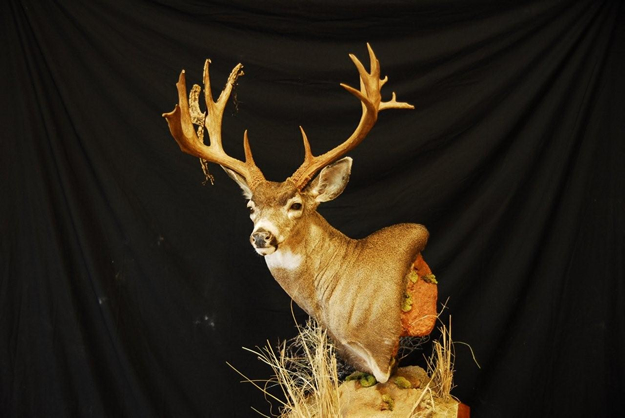 I took a monster Columbian back-tailed deer that scored 198 4/8-inches - probably one of the most blessed days of hunting I’d ever had. I was hunting in a place where I’d pretty much hunted my entire life, and I’d harvested nice deer in this area previously. But, I never had seen this buck until the day I took him. I spotted the buck, stalked him close, got a shot, and never realized how big this buck was until I put my hands on his antlers. This buck was on the eastern side of California at an elevation of about 1200 feet, and he originally wasn’t scored as a blacktail. He was scored as a mule deer. However, I took him in an area where historically we’d only taken blacktails.
I took a monster Columbian back-tailed deer that scored 198 4/8-inches - probably one of the most blessed days of hunting I’d ever had. I was hunting in a place where I’d pretty much hunted my entire life, and I’d harvested nice deer in this area previously. But, I never had seen this buck until the day I took him. I spotted the buck, stalked him close, got a shot, and never realized how big this buck was until I put my hands on his antlers. This buck was on the eastern side of California at an elevation of about 1200 feet, and he originally wasn’t scored as a blacktail. He was scored as a mule deer. However, I took him in an area where historically we’d only taken blacktails.
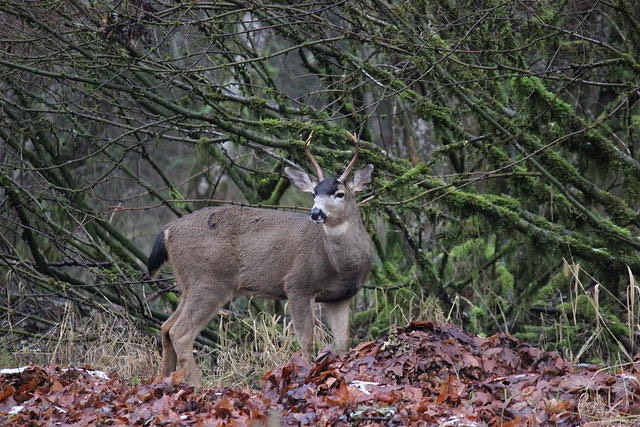 I took the buck in 2007, and this year the Boone & Crockett Club said if I would take a DNA sample from my buck’s antlers and send it to them, they would run a DNA test on that material. If my buck proves to be a blacktail through DNA testing, then the buck will be reclassified as a blacktail and may score in the top 10 of all blacktails ever taken with a bow in the Boone & Crockett Club Record Book. The reason I believe the deer is a blacktail instead of a mule deer is because he has a short nose and short ears like a blacktail, and the live weight of the buck was about 180 pounds, which by almost any standards qualifies him as a blacktail.
I took the buck in 2007, and this year the Boone & Crockett Club said if I would take a DNA sample from my buck’s antlers and send it to them, they would run a DNA test on that material. If my buck proves to be a blacktail through DNA testing, then the buck will be reclassified as a blacktail and may score in the top 10 of all blacktails ever taken with a bow in the Boone & Crockett Club Record Book. The reason I believe the deer is a blacktail instead of a mule deer is because he has a short nose and short ears like a blacktail, and the live weight of the buck was about 180 pounds, which by almost any standards qualifies him as a blacktail.
Just for Hunting has taken some more possible big blacktails from this area, and all of them were classified as mule deer. So, we’re sending in DNA on all eight of those bucks too. We really want to know if these deer are truly blacktails and not mule deer. In California, there’s a dividing line east and west that’s supposed to determine whether a deer is a blacktail or a mule deer. On the east side of that line, the deer harvested are considered mule deer. On the west side of that line are Columbian blacktails.
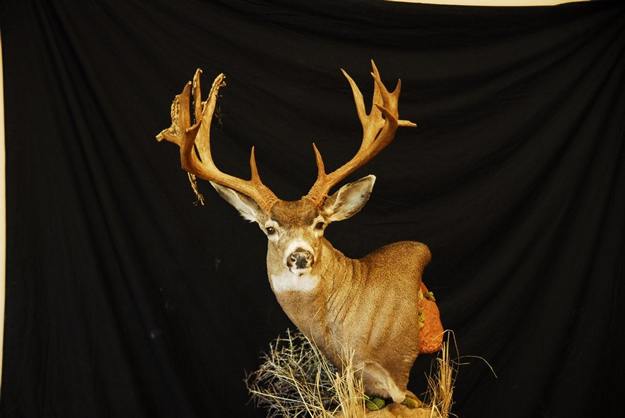 Some have suggested that these deer be considered as a separate species called Inland blacktails, however since B&C has set-up a program of DNA testing for the deer to determine if they’re blacktails or mule deer, we’ll find out for certain whether or not these deer qualify as black-tailed deer. Now if they are black-tailed deer, then there’s several bucks taken from this region that will qualify as trophies - extremely good trophies - for black-tailed deer in the Boone & Crockett Club Record Book. An eastern hunter who wants to come to California and hunt Columbian black-tailed deer very well may have a good chance to get a record book Columbian blacktail, if the deer we’re having tested prove to be as we think trophy Columbian black-tailed deer.
Some have suggested that these deer be considered as a separate species called Inland blacktails, however since B&C has set-up a program of DNA testing for the deer to determine if they’re blacktails or mule deer, we’ll find out for certain whether or not these deer qualify as black-tailed deer. Now if they are black-tailed deer, then there’s several bucks taken from this region that will qualify as trophies - extremely good trophies - for black-tailed deer in the Boone & Crockett Club Record Book. An eastern hunter who wants to come to California and hunt Columbian black-tailed deer very well may have a good chance to get a record book Columbian blacktail, if the deer we’re having tested prove to be as we think trophy Columbian black-tailed deer.
Yesterday: Doubling Up on Elk and Black-tailed Buck
Tomorrow: Caring for Your Elk Meat














